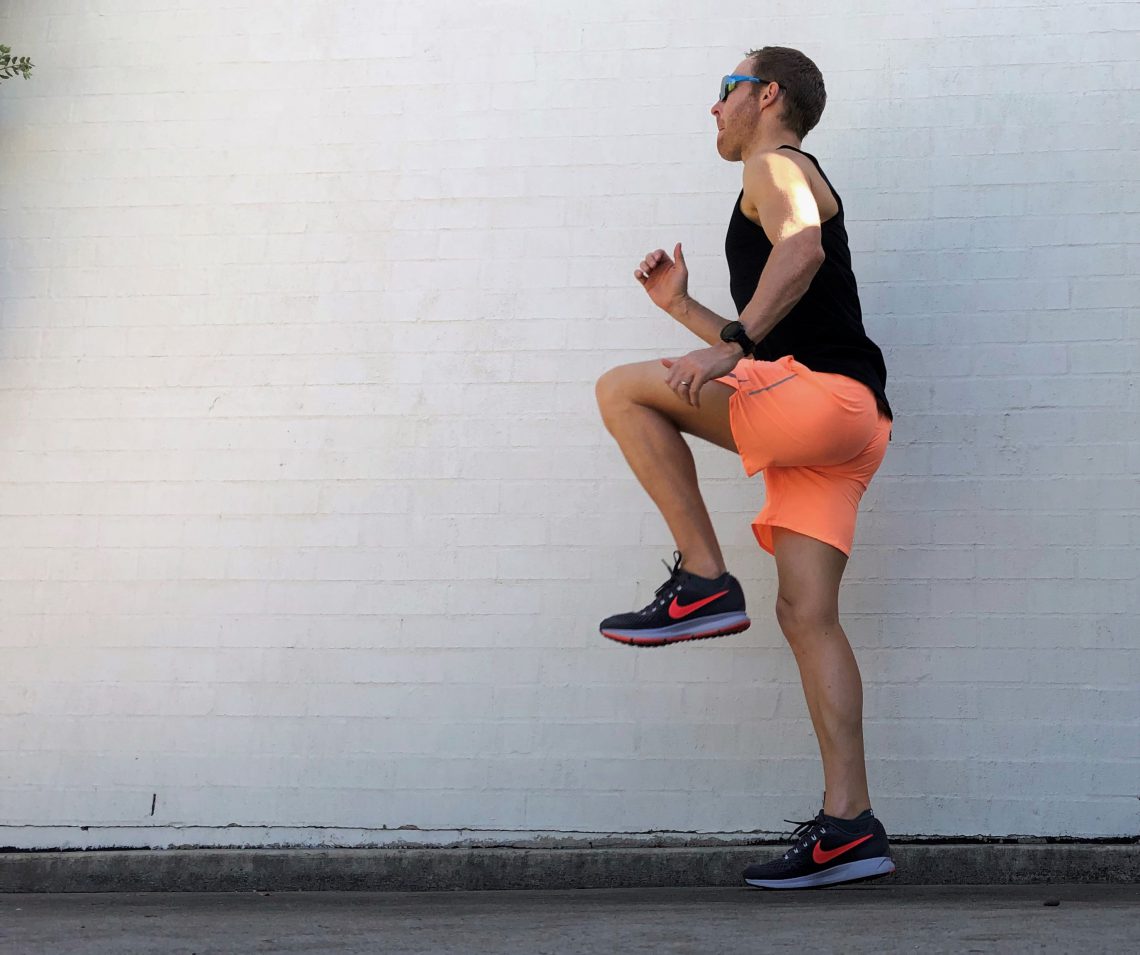
Running Drills
Running is a physically demanding sport. When you stand on one leg, 100% of your body weight applies to that limb. However, the act of running (think leaping through the air!) adds to the force through a single leg, up to 2 or 3 times. Garmin reports that my average stride length is ~1.15m, so over the course of 10km that adds up to over 8,600 steps. Every step when running forces your body to absorb and release energy. Running regularly is important to improve, but the number of steps quickly add up, and poor run form will cause the body needing to soak up much of the energy created. Therefore, it is important to work on being efficient to reduce injury risk and also to become faster.
Add Running Drills to Warm Up
It is important to warm up properly when run training. Running an easy 1km is good to allow the body to loosen up and prepare for any quality run session you might do. Add some drills into your regular warm-up (choose 1 or 2 every time you run) and watch over time as you become a better runner. Remember to stand tall, engage your core and don’t allow yourself to hunch over.
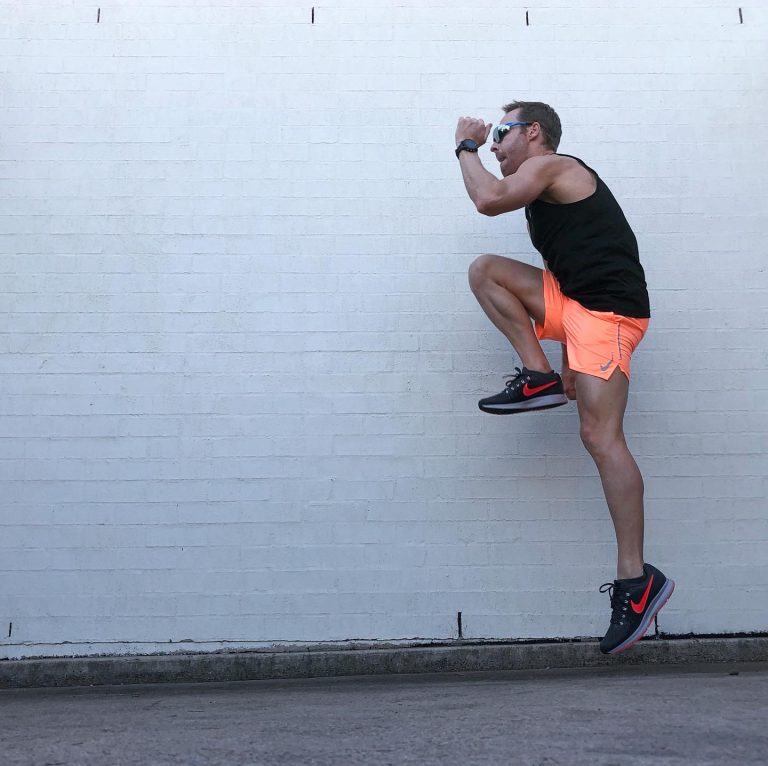
Poor form
Less stability, and creates bad motor patterns.
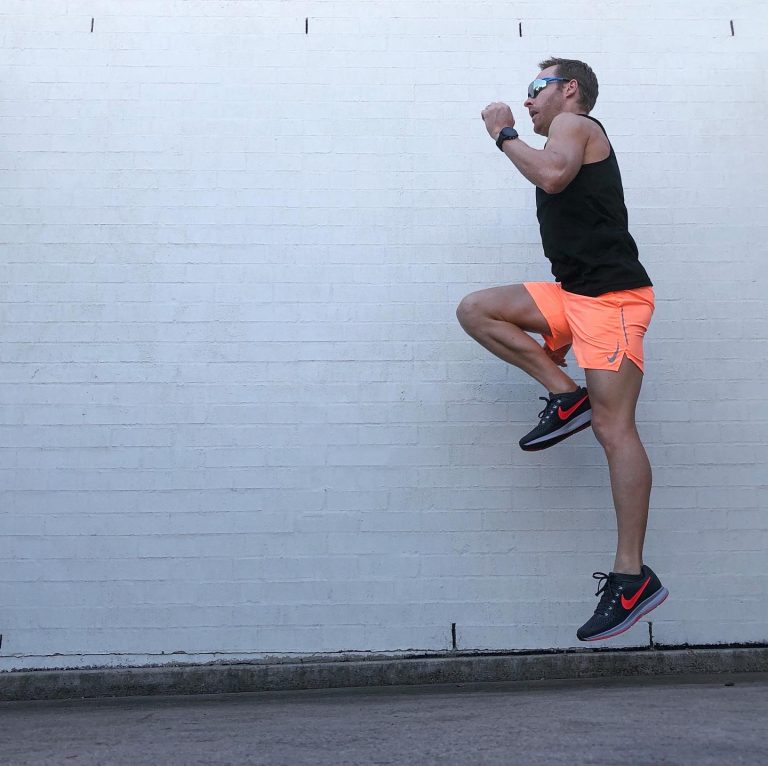
Good form
Easier to generate power with less fatigue/energy.
Practice doesn’t make perfect. Perfect practice makes perfect!
Butt Kickers
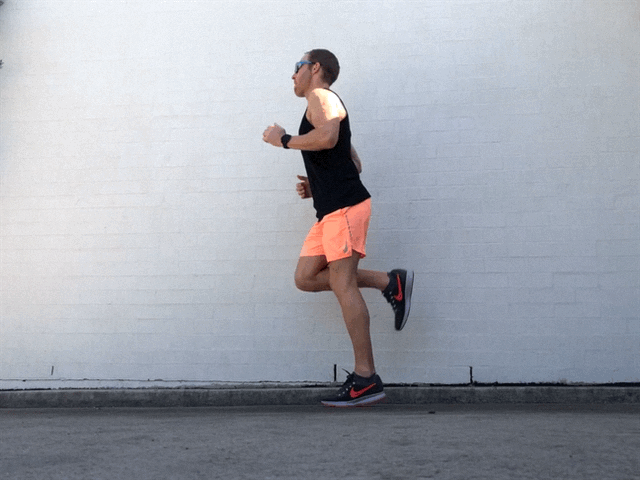
Do this on the spot. Make it harder by running forward while kicking. Don’t worry if you can’t tap your butt, go as far as you can until you improve.
Focus: Allow your knees to come forward; Kick upwards to the bottom of the butt or top of the hamstrings.
Improves: Contact time; Reduce overstride.
Skipping High Knees
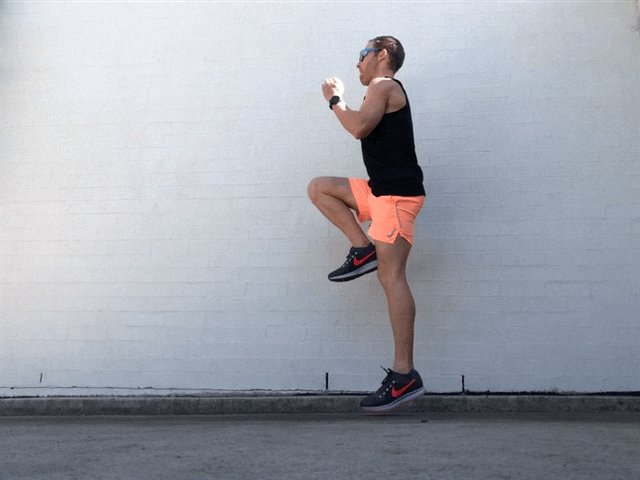
A small skip as you land on the same foot and then switch.
Focus: Landing light; driving up with your knees; keeping toes pointed upward.
Improves: Contact time; knee lift.
Carioca
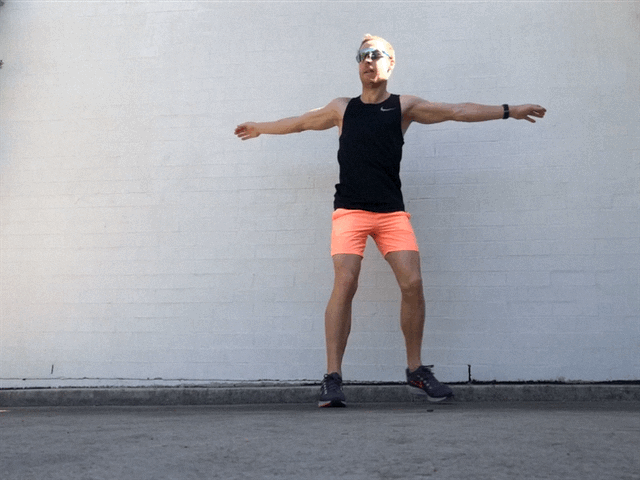
Start slowly at first, step in front, step behind, step in front, step behind and so on. Repeat for ~20m in one direction and then reverse, leading with the opposite foot.
Focus: Engaging your core; Rhythm
Improves: Core; Stability; Coordination.
Bounding
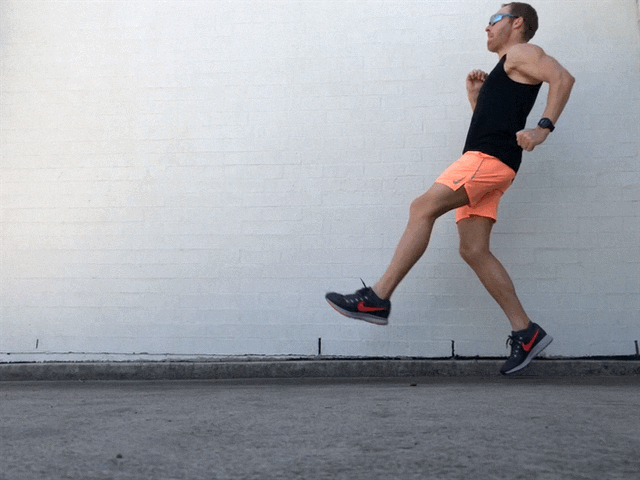
Keeping your legs straight and toes pointing upward as you run. Land on your mid-foot while not allowing your feet to come too high off the ground. Swing your arms to build speed and momentum.
Focus: Running with a quick turnover; Keep your torso upright; Landing on your mid-foot.
Improves: Mid-foot strike; Cadence; Contact Time.
*My form could be better, this is a drill I find challenging and needs more practice!
Power Skip
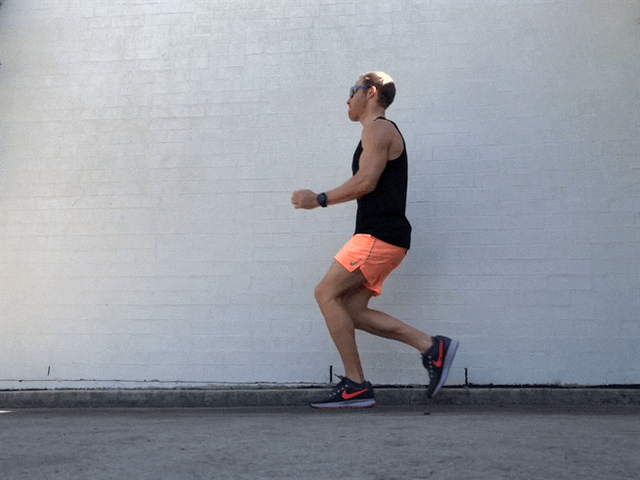
This skip is all about power. Drive with your arms and skip high! A variation would be going long with the skip.
Focus: Driving off from the ball of your foot; Landing softly.
Improves: Power; Strength.
High Knees
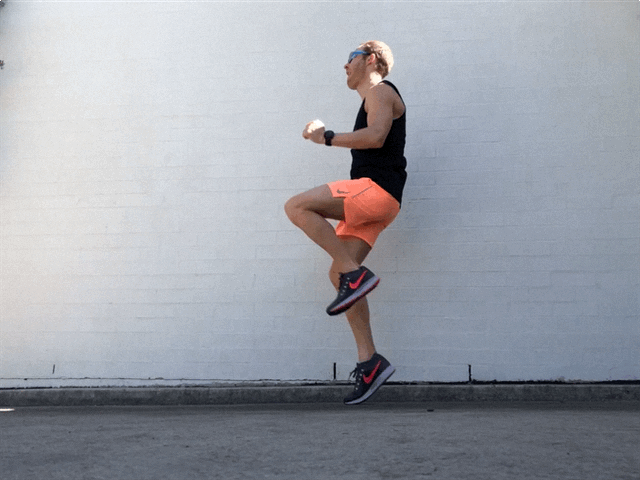
This drill isn’t about distance, but about knee lift. If high knees running is too difficult, try high knees walking initially until you build up to running.
Focus: Lifting knees high; landing underbody.
Improves: Knee lift; Reduce Overstride.
Running Form Experience
I’ve always enjoyed running, not so much for the sake of running, but as a method to get from one place to another fast. I did some running training in year 9 at school, and although I didn’t realise it at the time (I was more interested in socialising), my run coach was helping to cement fundamental running forms to make me better. Fast forward two decades, my run has been my strength in triathlon. But unfortunately, this confidence in my run led me to neglect the fundamentals of practising good form.
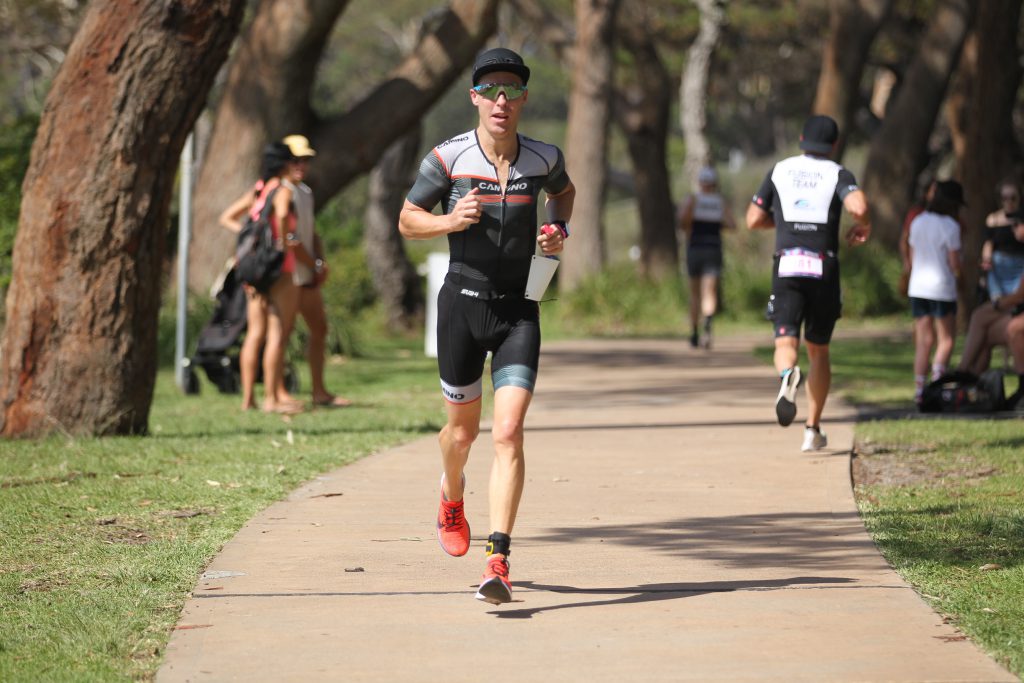
At the time of writing this, I’m working on heel lift (butt-kickers is a great drill for practising this). When I do it right, it makes lifting the knee easier (try to lift your knee with your leg straight out, and then try again with your heel tucked up), and this provides more time for my foot to land under my body. Running with poor form, after a while is a sure way to get injured (which I’ve experienced). So for the sake of longevity and enjoyment of the sport, I highly recommend doing the occasional run drill to refresh your motor patterns.


You May Also Like
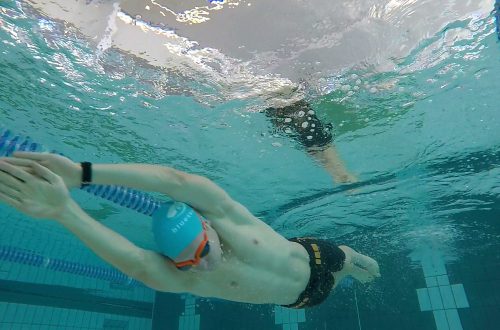
Improve Breathing for Better Performance
August 27, 2020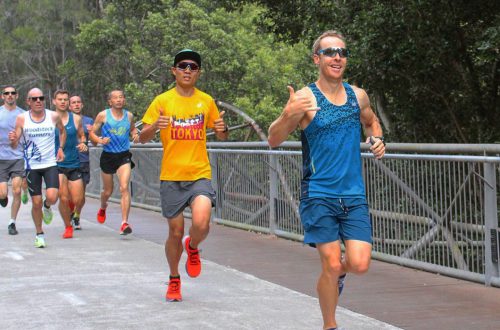
Run 5km Faster
January 11, 2020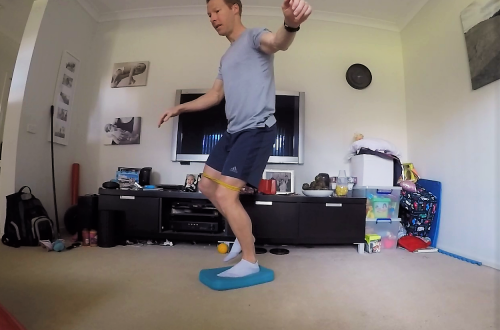
Prehab for Running
July 24, 2020Newsletter
Stay in touch, including tips and training sessions to improve.
Thank you!
You have successfully joined our subscriber list.
- luke@lukejonestri.com
- Sydney, NSW, Australia
Copyright © Luke Jones

